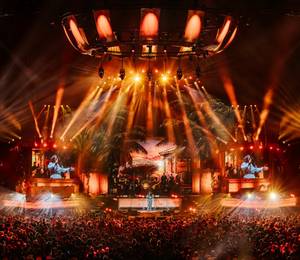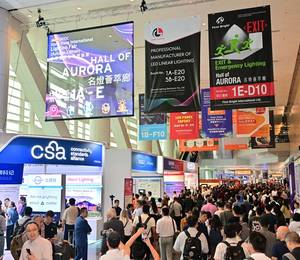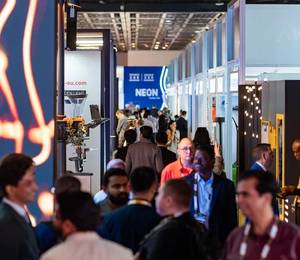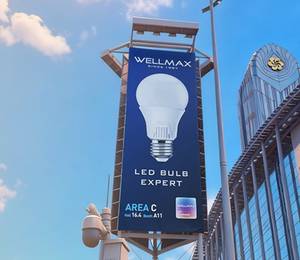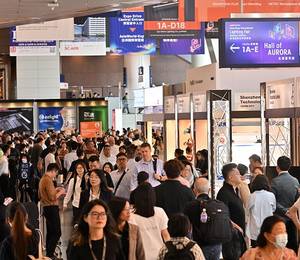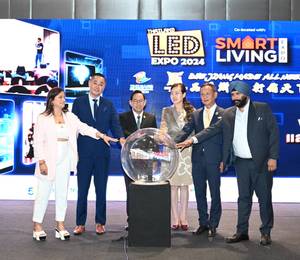NICHIA’s newest deep UV LED, the NCSU334B, is confirmed to eliminate up to 99.99% of SARS-CoV-2 virus by an independent research conducted by Tokushima University. At a peak wavelength of 280 nm, NICHIA’s deep UV LED outperforms other commercially available UV-C LEDs, regardless of wavelength, output, efficiency and lifetime.
Experiments conducted by the university’s Biomedical Sciences department confirmed that irradiating SARS-CoV-2 with NICHIA’S NCSU334B for 30 seconds, with 51mJ/cm2, exhibited 99.99% inactivation (as can be seen in Figure 1 below), a key activation log to achieve. Additionally, the experiment was operated based of the NCSU334B’s binned input power and conditions of 1.7mJ/cm2 and 5 cm distance. There remains adequate room to reduce the time or increase the dosage depending on the conditions or the design of its working distance, the number of LEDs or the input power. For example, when designing with half the working distance, the performance increases 4 times.
Reflecting its leadership team’s commitment to serve global markets, NICHIA has scaled up its investment in R&D and manufacturing capacity for its UV LED solutions. Now in mass production, NICHIA’s NCSU334B at 280 nm achieves industry-leading output, efficiency and lifetime. It delivers a typical irradiance of 70mW with a wall-plug efficiency (also known as radiance efficiency) of 3.6%, an improvement of 27% compared to its predecessor. With a hermetic seal, the solution also provides long lifetime performance, especially at peak temperatures and humidity levels.
While traditional UV-C technologies, such as low-pressure mercury vapor lamps, are limited to a 254 nm peak, the most efficient wavelength to disinfect bacteria and viruses is known to be 260 nm due to the peak absorption spectrum of the DNA/RNA. However, NICHIA has demonstrated that 280 nm delivers the highest virucidal power as it has a very strong irradiance, wall-plug efficiency and lifetime, all at practical operating conditions vs. many other unreasonable claims in the market. Indeed, data highlights that the virucidal power of the 280 nm LED is approximately 1.3 times (127%) that of 265 nm LEDs. The 280 nm LED also delivers a lifetime 10 times longer than a 265 nm LED.
UV-C light is making a significant contribution to combatting viruses and bacteria, simplifying traditional methods. For example, to obtain a high viricidal effect (i.e. 4-log) when using an alcohol solution for disinfection (containing 77–81% ethanol), surfaces need to be sufficiently wetted with the substance or require significant effort and time, often times beyond 30 seconds. Used in conjunction with such measures, NICHIA’s 280 nm deep UV LED can offer a high viricidal effect while saving time and effort.
Further information about the Tokushima University research and NICHIA’s NCSU334B 280 nm UV-C LED solution is available from the NICHIA website.
